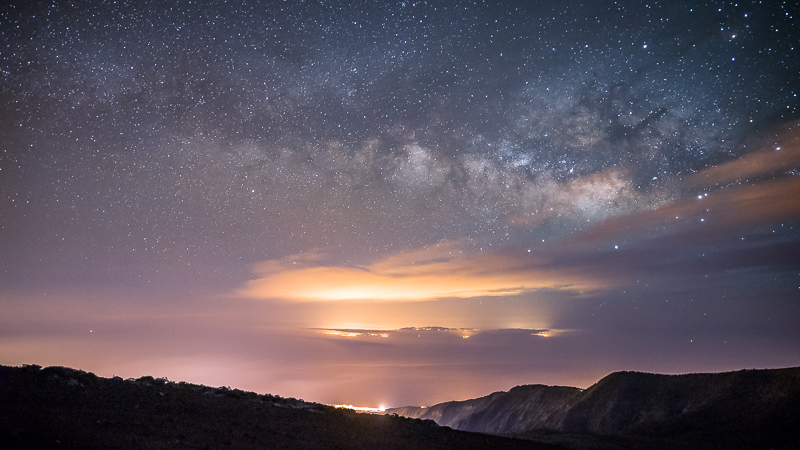
Generalizing, the biggest advantage for using a prime lens is ultimate image quality.

zoom lens decision is a big one for the landscape photographer. Should I get a prime or a zoom lens for landscape photography? In addition to using mostly weather sealed equipment, I generally have rain covers with me to quickly cover everything should I need to. Having weather sealed gear is a definite advantage under these circumstances. Those working around water may also have to deal with saltwater or freshwater spray. Landscape photographers encounter bad weather (or search for it to capture the moodiest images), and this inclement weather may or may not be expected.
#FRAME LENS FOR SONY A7III MANUAL#
I use regularly use autofocus when shooting landscapes, but waiting even an extra second for the lens to focus would seldom make a difference in my images (unless the wife and kids are waiting for me).Įven manual focus often works well for landscape photography, especially when photographing at narrow apertures. Since landscape subjects are often motionless, fast autofocus is not usually an essential feature for landscape photography. The wind typically found at some of the ultimate landscape locations further increases the need for image stabilization with handheld daylight photography.
#FRAME LENS FOR SONY A7III FULL#
Since landscape subjects are often motionless, image stabilization can be a huge benefit for a landscape lens for those times when a tripod is not desired or practical.Įven under full sunlight, I very frequently need image stabilization to make handheld shooting successful, especially when using a light-reducing circular polarizing filter (a mandatory part of the landscape kit). Light weight is a generally important feature for a lens in the landscape kit. Packing light helps keep the photographer's energy up, and increased energy will allow him or her to better focus on capturing the desired image. The same need applies when hiking to a select location. When traveling by airline, you will want to keep your pack light. Landscape photography often requires travel to get to the ultimate landscape photography destination. Lenses need to be sharp enough to show the tiniest details. Landscape subjects typically have extremely fine details, and sharp reproduction of these subjects is a requirement. What is needed is high contrast and resolution from corner to corner of the frame. Therefore and fortunately, landscape photography does not require the fastest lenses, those with the widest aperture with accompanying heaviest weight, largest size, and highest cost. While a wide aperture can be used to isolate a detail in the landscape or to capture the night sky, much landscape photography is done using small apertures for significant DOF (Depth of Field). The focal length is of primary importance for landscape photography, but the max aperture is (usually) not. The ultra-wide-angle lenses will allow you to emphasize a foreground subject against an all-in-focus large scene, the telephoto lenses will keep distant subjects large in the frame, and the general-purpose lens will frequently find landscape application.

Landscape photography can make use of all focal lengths Sony currently offers, from the widest angle through the longest telephoto, but I'll approximate the most useful range at 16-300mm. With a selection (or multiple selections) from each of the above categories, you will have lenses with a vast range of focal lengths for your landscape photography needs. In addition, you will probably want one of these: The Best Sony Macro Lenses. You may have determined this already from the above list, but a great Sony landscape photography lens kit consists of one (or more) lens from each of the following categories:

What is the ultimate Sony FE (full-frame, E-mount) landscape photography lens? The Best Sony Landscape Photography Lens for 2023


 0 kommentar(er)
0 kommentar(er)
